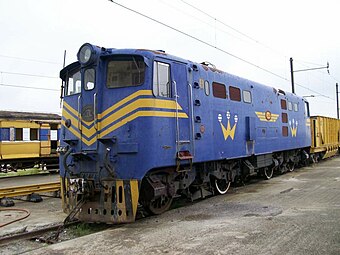
The South African Railways Class 4E of 1952 was an electric locomotive.

The South African Railways Class 5E, Series 1 of 1955 was an electric locomotive.

The South African Railways Class 5E, Series 2 of 1957 was an electric locomotive.
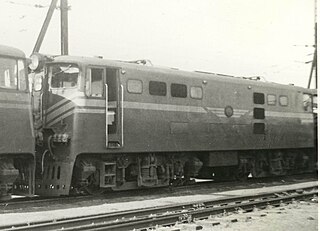
The South African Railways Class 5E1, Series 1 of 1959 was an electric locomotive.

The South African Railways Class 5E1, Series 2 of 1963 was an electric locomotive.

The South African Railways Class 5E1, Series 4 of 1965 was an electric locomotive.

The South African Railways Class 5E1, Series 5 of 1966 was an electric locomotive.
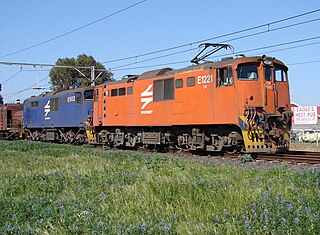
The South African Railways Class 6E of 1970 was an electric locomotive.
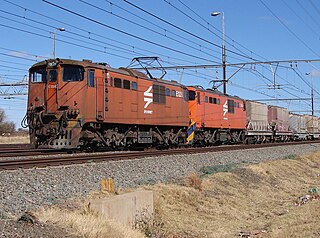
The South African Railways Class 6E1, Series 1 of 1969 was an electric locomotive.

The South African Railways Class 6E1, Series 2 of 1971 was an electric locomotive.

The South African Railways Class 6E1, Series 3 of 1971 was an electric locomotive.

The South African Railways Class 6E1, Series 4 of 1973 was an electric locomotive.
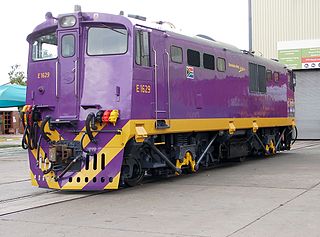
The South African Railways Class 6E1, Series 5 of 1974 was an electric locomotive.
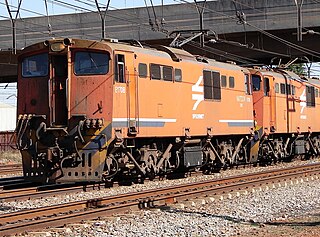
The South African Railways Class 6E1, Series 6 of 1976 was an electric locomotive.

The South African Railways Class 6E1, Series 7 of 1977 was an electric locomotive.

The South African Railways Class 6E1, Series 8 of 1979 was an electric locomotive.

The South African Railways Class 7E1 of 1980 is an electric locomotive.
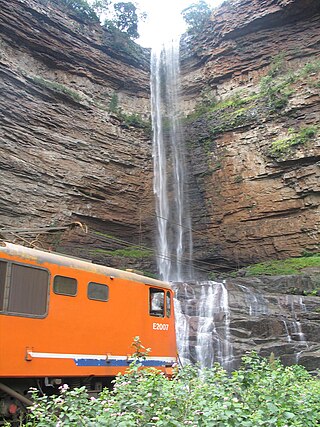
The South African Railways Class 6E1, Series 9 of 1981 was an electric locomotive.
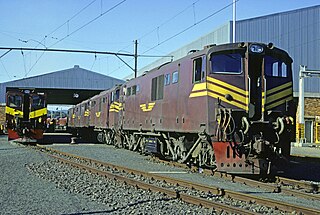
The South African Railways Class 6E1, Series 10 of 1982 was an electric locomotive.

The South African Railways Class 6E1, Series 11 of 1984 was an electric locomotive.




